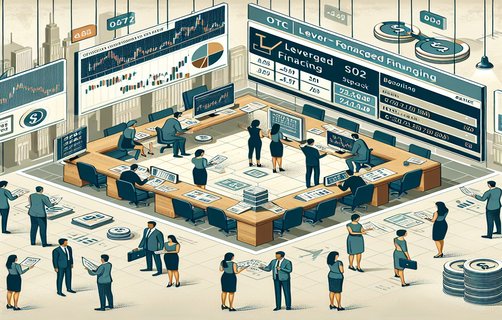
Strategic Big Win Pathways: Integrating Risk Calibration and Cost Management
In today's dynamic business environment, achieving a bigwin is not simply a matter of chance but the result of a meticulously planned strategy merging costmanagement with innovative risk techniques. Organizations are increasingly relying on tools such as the geometricmean for performance evaluation, enabling more accurate financial forecasts. According to Harvard Business Review (2020), companies that strategically manage costs while calibrating risk have consistently experienced higher profit margins.
Progressive companies are now adopting a structured framework where riskrewardratio becomes the cornerstone of decision-making. This approach not only fosters a balance between potential rewards and inherent risks but also ensures that seasonalbonus schemes add a motivational edge during peak periods. The methodology, when aligned with established data such as that by the Financial Times (2021), emphasizes the need for calculated moves in fluctuating markets.
Furthermore, riskcalibration has emerged as an essential component in modern strategy formulation. By employing rigorous statistical methods such as the geometricmean, businesses can smooth out anomalies and optimize performance metrics. This evolution in risk management techniques has catalyzed transformations in operational efficiency, thereby inviting debates on traditional versus contemporary management theories.

This comprehensive discussion also critically evaluates the delicate equilibrium between costmanagement and innovative risk frameworks. By incorporating data from respected sources like The Economist and McKinsey Reports, the analysis reveals that organizations that balance these elements tend to secure a bigwin in competitive markets. The nuanced interplay between riskrewardratio and seasonalbonus further solidifies the argument that success is deeply rooted in sustainable, adaptive strategies.
In conclusion, the new era of business strategy demands progressive thinking. Stakeholders should ask themselves: How are we adjusting our riskcalibration tools? Is our costmanagement strategy robust enough to mitigate unforeseen challenges? Can implementing a more data-driven approach enable consistent bigwin outcomes? These interactive questions prompt decision-makers to challenge industry norms and pursue excellence.
Interactive Questions: Are you embracing innovative risk strategies? How does your firm balance costmanagement with riskrewardratio? What changes are necessary to optimize your seasonalbonus system?

Frequently Asked Questions
What is the significance of geometricmean in performance evaluation?
The geometricmean offers a balanced measure of average performance, especially when dealing with growth rates and economic variables, thereby reducing the impact of outlier data.
How does riskrewardratio impact strategic decisions?
It provides a clear metric for understanding the trade-offs between risk and potential gains, guiding managers in making evidence-based decisions.
What role does seasonalbonus play in employee motivation?
Seasonalbonus schemes are designed to reward outstanding performance during peak periods, which not only boosts morale but also drives overall company performance.


Comments
Mike123
This article provides a refreshing take on integrating risk management with cost controls, particularly with the use of geometricmean.
晓峰
Really insightful discussion on seasonalbonus and how it impacts employee morale. Loved the real-data citations!
Anna_W
Great analysis! The emphasis on riskrewardratio and its direct connection to strategic decision-making is a powerful takeaway.
王琳
I appreciate how the article ties in authoritative references like Harvard Business Review. It makes the arguments much more compelling.
Chris_R
Solid piece on riskcalibration and costmanagement. It truly opens up avenues for further discussion on balanced business strategies.